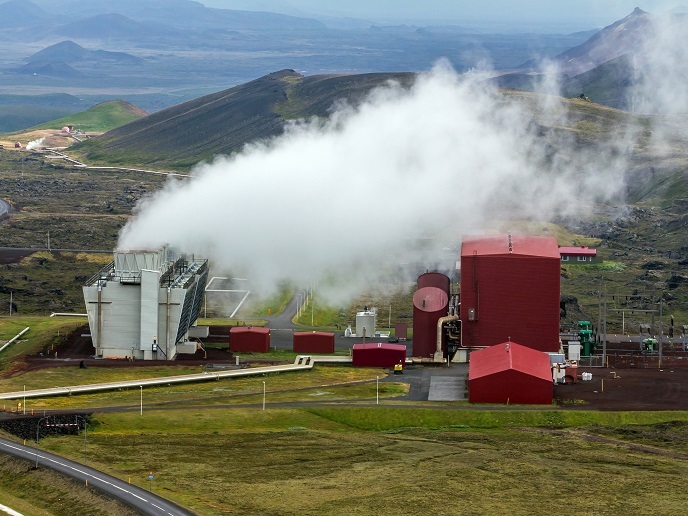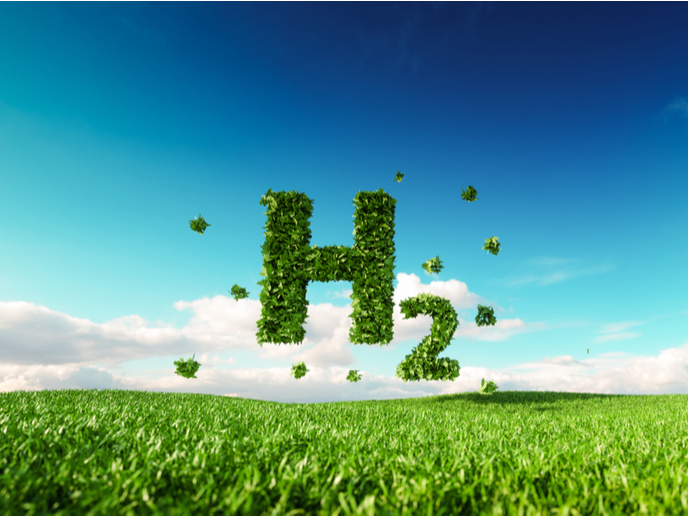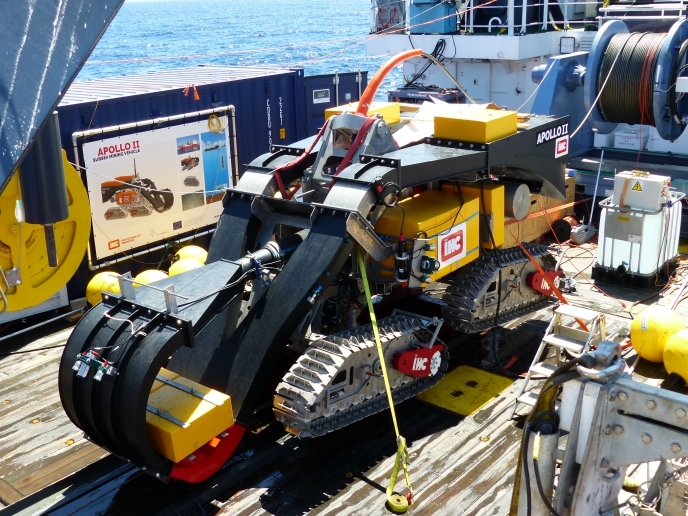Hydrogen biofuel from sunlight
Sunlight can provide a possible energy source for the production of hydrogen by splitting water into its constituent elements through artificial photosynthesis. European researchers used a new approach that integrated semi-conductor nanomaterials with catalytically active biological enzymes to reduce protons to hydrogen in an aqueous electrolyte exposed to sunlight. The initial objective of the 1DH2OP (Coupling of one-dimensional TiO2 with hydrogenase: simultaneous visible-light driven H2 production and treatment of an organic pollutant) project was to advance the use of enzyme-electrode materials. This was based on two enzymes, Photosystem II (PSII) for water oxidation and hydrogenase for proton reduction. The project’s second objective was to develop a strategy to immobilise hydrogenase on a p-Si photocathode for hydrogen production, enabling the development of an enzyme based tandem photoelectrochemical cell. This enabled the development of an unassisted photocatalytic system for splitting water molecules using sunlight. In addition, researchers investigated two simultaneous processes for hydrogen (H2) production and carbon dioxide (CO2) reduction via bacterial formate hydrogenlyase complex. These developments led to the design of novel artificial biomimetic systems for bioenergy applications. Project partners successfully assembled the enzyme based bio-hybrid photoelectrochemical cell, enzyme based photocathodes and enzymatic processes with simultaneous H2 production and CO2 reduction. This demonstrated the versatility of biological enzymes when coupled with inorganic and semi-conductor materials. Direct coupling of (PSII) to hydrogenase was shown to be an efficient route for photo-biological H2 production. Advances in the PSII photoanode interface are expected to result in further improvements in light-to-product conversion efficiencies. Titanium dioxide (TiO2) was used as a protective layer and efficient interfacial layer for hydrogenase immobilisation. It also provided a viable platform for linking the enzyme to a p-type semi-conductor in order to perform light driven proton reduction in catalytic reactions. Further improvements could be made to the interfacial layer by applying a thin layer of TiO2 using the atomic layer deposition method. The work carried out by 1DH2OP on formate hydrogenlyase demonstrated an outstanding system whereby enzymes can react to perform H2 production and CO2 reduction within a single complex. Therefore, the biomimetic system developed can be used for biofuel H2 production. This will help to increase the competitiveness of the European Research Area in renewable energy research and mitigate climate change.
Keywords
Solar energy, semi-conductor nanomaterials, 1DH2OP, photosystem II, hydrogenase, p-Si photocathode, photoelectrochemical cell, photocathode, formate hydrogenlyase photoanode, titanium dioxide







